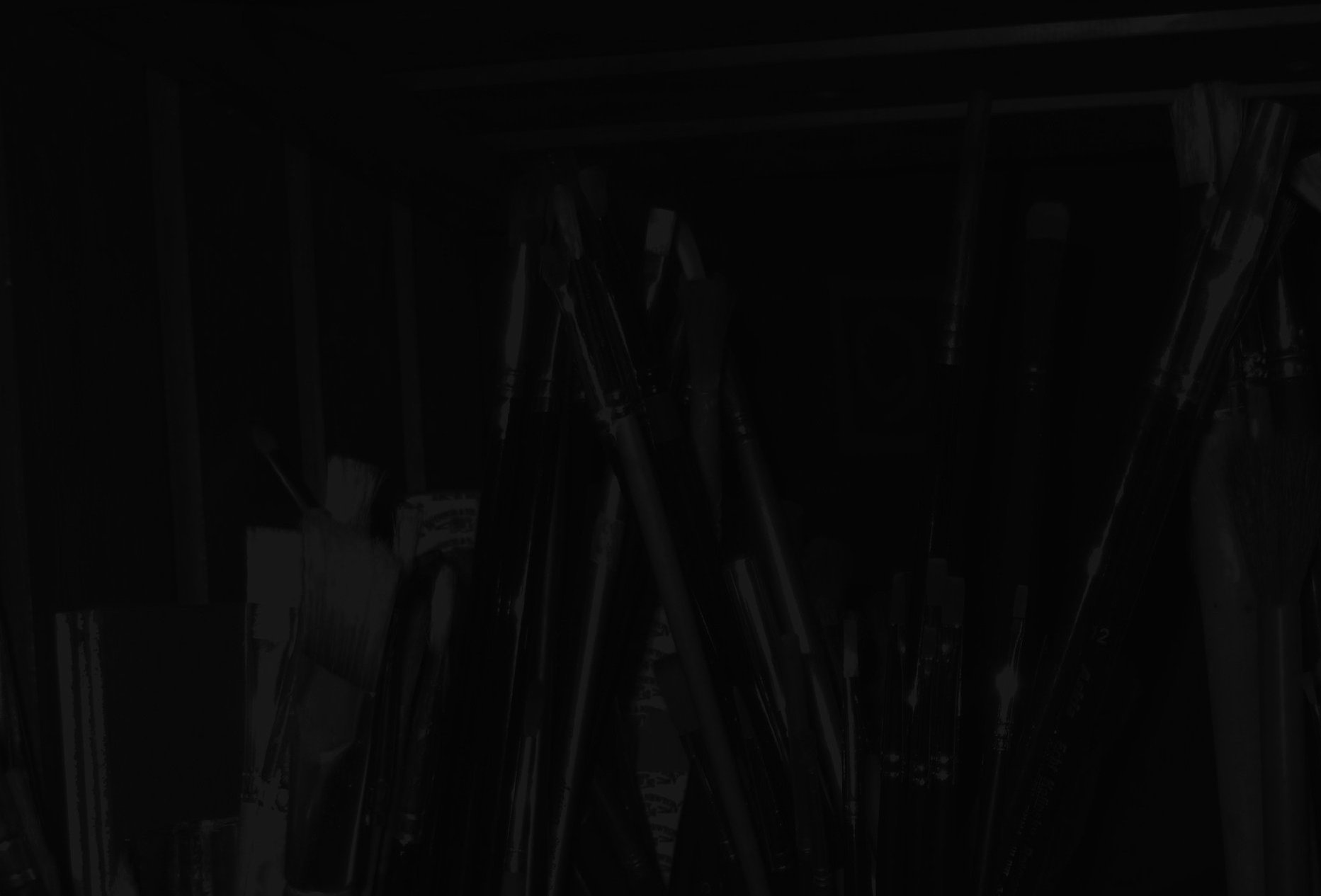All rights reserved.No part of this web site may be reproduced, stored in a retrieval system, or transmitted in any form or by any means,
electronic, mechanical, photocopying or otherwise without the prior permission of the copyright owner. 2014
The artist Ursula Klinger was born in Germany, where she first studied at the university in her home town of Duesseldorf, and then graduated in fine art and history from the university of Aachen. After travelling through Ireland she chose Connemara as her second home for ten years before moving her Irish base to Dublin in the late nineties. Further travel led her to spend several months at a time in the USA, New Zealand, Spain, and Malta.
She works mainly in oils and watercolours although several commissions for churches in Ireland involved the use of woodcarving, enamels and many other media. She has shown her paintings in various exhibitions in Ireland and Germany. Her work can be found in numerous collections in Ireland, Germany, Holland, Greece, Mexico and the USA.
Ursula Klinger

ARIST'S STATEMENT
An old friend once said in an openig speech for an exhibition of mine that my work "addresses the problems of visual communication; the showing of what is unsayable about the human condition in its fragility and its potential in their ambiguity" (Liam Carlin, 1922-2005). I always remembered this quote as it outlines my practice so well.
An open door, a broken glass, an abandoned bed or a well loved doll - they all can tell so many stories. I never tire of looking for the mystery, the joys and the distresses beyond the actually depicted subject matter, as unuspecting as it may seem at first glance. Through time series evolved, as I tend to go back to a subject again over the years, always exploring and searching for new facets of one particular theme.
My figurative and realistic style with its influences of surrealism developed accordingly and intends to directly reach the viewers' imagination, to evoke their emotional experience or response, to touch on their memories, to pose questions. The traditional way of oil painting, under painting and numerous thin layers of glazes creating depth of colous and light, reflects the objective in the technique.
About


